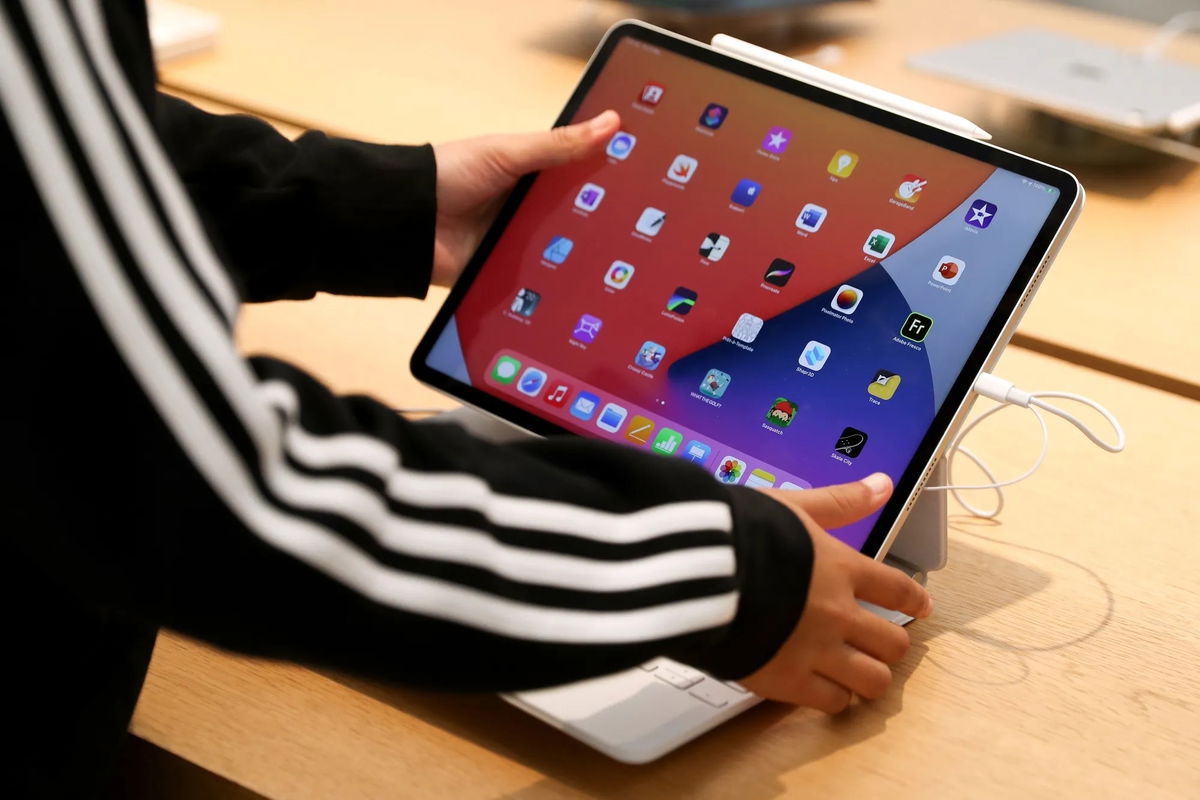Yesterday, Manzana took a key step to adapt to the European Union Digital Markets Act. Among the various initiatives there is an opportunity Allow third-party app stores to coexist with the App Store on iOS. However, Cupertino managed, without violating the regulations, to maintain maximum control and, most importantly, continue to receive income.
Yes, Apple has opened the doors to third-party stores, but with certain conditions that are already starting to cause controversy among the developer community. The same terms apply to the App Store.
First, it’s extremely important to clarify that while third-party stores are now able to get space on iOS, They are required to follow a number of rules set by Apple..
One of the most relevant is the adoption Core technology fee (Base Technology Fee), a fee that all apps offered through the App Store and third-party stores must pay, and which exceed one million downloads per year.
If this condition is met, the developers will have to pay 0.50 euros per year ($0.53) per install per account..
Apple has provided a calculator that calculates the monthly payment based on the number of downloads, taking into account many factors. For example, if two million people downloaded the application, you would have to pay approximately 41,667 euros per month for it. Or what’s the same thing half a million euros per year.
Well, for a paid app, this might not be such a big deal since they can cover that fee with the revenue they generate from their own app.
However, those who offer free apps cannot say the same. Even if they offer in-app purchases, they are required to generate recurring revenue for each user who installs the app. Otherwise they will have a hard time. Undoubtedly Small developers with free apps will be hit the hardest..
Giants have a better chance of success because they have strong economic backing. For example, Epic Games, which has already announced the return Fortnite on iOS in Europe, thanks to third-party stores, you’ll have to pay for each person who installs the game through the Epic Games Launcher. However, those led by Tim Sweeney need not worry about financial matters. Fortnite Its model generates millions of dollars through microtransactions.
Is Apple shifting the blame to the European Union?
Apparently, some developers have already begun to express dissatisfaction with the Core Technology Fee. Most agree that This unsustainable business for completely free apps exceeding the million download threshold.
“Free apps will be hugely and disproportionately impacted by Apple’s underlying technology fees, so I don’t think it will stay as is,” Steve Troughton-Smith, creator of Broadcasts, Pastel and Grace.
For his part, Nikita Bir X commented (formerly Twitter): “Under the new App Store structure and new commission in Europe, if you make $10 million in sales, Apple’s share will be $6.2 million per year. Assuming you have no operating expenses. “No salaries, your net profit will be $2 million after taxes or 20% of your sales. I will never launch an app in Europe.”
An interesting point: Apple, in the calculator on its website, continues to show how much developers would have paid under previous conditions. That is, before they had to comply with the Digital Markets Act. Payment? 0 euros, regardless of the number of downloads. Of course, there was no payment.

The above shows that Apple is aware that the new fee will not please developers at all. But at the same time, The error lies entirely with the rules of the European Union..
Will Apple change the fee after addressing these complaints? Unlikely. Moreover, because, according to Cupertino’s own estimates, less than 1% of developers will have to pay a fee for the new underlying technology. Of course, there are not many applications that will be downloaded more than a million times…
Source: Hiper Textual
I’m Ben Stock, a highly experienced and passionate journalist with a career in the news industry spanning more than 10 years. I specialize in writing content for websites, including researching and interviewing sources to produce engaging articles. My current role is as an author at Gadget Onus, where I mainly cover the mobile section.














